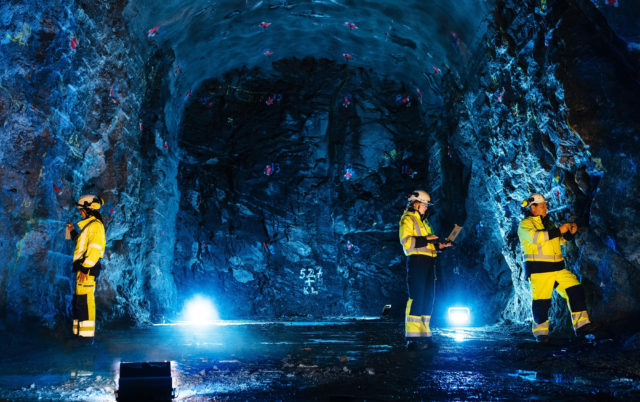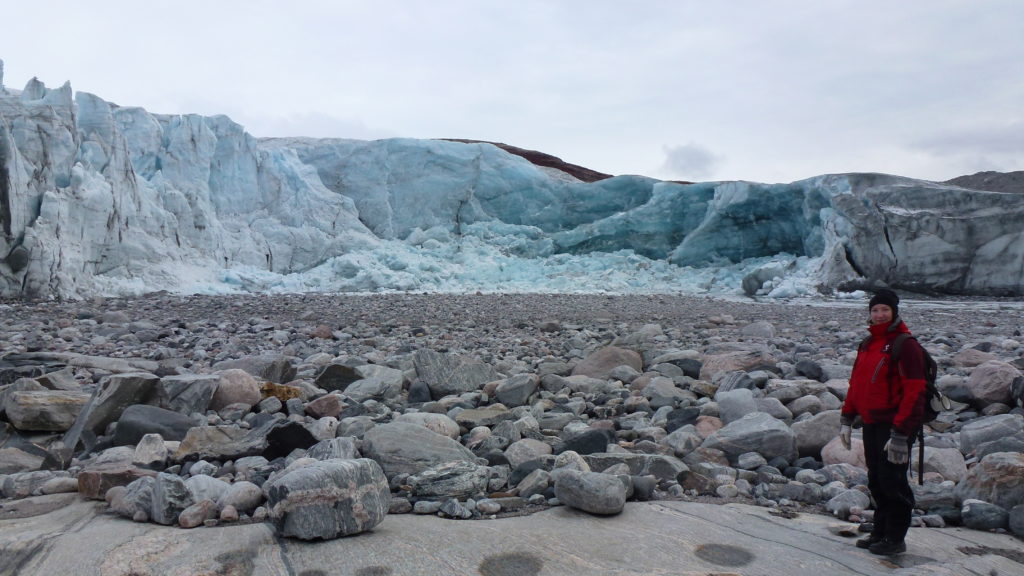Posiva Oy – From Geological Research to Sustainable Nuclear Fuel Disposal
The Geological Survey of Finland (GTK) and Posiva Oy have been long in cooperation to study the disposal of spent nuclear fuel. As a result, Finland is the first country in the world to commission a disposal solution for spent nuclear fuel, focusing on sustainability and long-term safety.

The Challenge for Posiva
How to Prove the Safe Disposal of Nuclear Fuel?
In 2001, Olkiluoto in Eurajoki was selected as the location for a disposal site for nuclear fuel used at the Teollisuuden Voima (TVO) and Fortum nuclear power plants. Posiva Oy is responsible for disposal research, development and design, as well as the site’s construction and operation. An internationally well-known concept originally developed in Sweden was selected as the disposal solution, in which disposal tunnels will be excavated in the bedrock at a depth of more than 400 metres, where conditions are stable and predictable, and groundwater flows are low. As a result, spent fuel will be isolated from the surrounding nature, avoiding the impact of aboveground and atmospheric changes on the disposal facilities.
For the disposal permit application, the operator must be able to prove that the disposal of spent nuclear fuel is safe over a timeframe of hundreds of thousands of years and in changing environmental conditions due to changes in climate, for example. Geological research data has played a key part in this.
“Having reliable initial information is very important in the modelling of different scenarios. GTK’s focus on research laid a strong foundation for our cooperation, which has continued from the very first stages of planning. After all, GTK’s geological expertise is unquestionable in Finland”, says Anne Kontula, Safety Case Programme Manager at Posiva.
GTK Offering Solutions
A Research-based Approach to Disposal
A large part of initial data about glaciation for safety case modelling was obtained from research sites in Greenland and Saimaa (Finland), both of which served to study the impact of glacial periods on the disposal depth in particular. The aim of the cooperation project was to identify the impact of glacier’s edges, permafrost and glacier retreat on the disposal depth for spent nuclear fuel. A natural analogue study confirmed the initial data for long-term safety case modelling.
“We gained confidence that our previous safety cases were also solid. As we need to provide the authorities with a million-year scenario regarding the evolution of the disposal site, the natural analogy study is very important in proving that our modelling is based on certified parameters. In this, GTK’s solid experience, problem solving ability and diverse geological expertise were especially important”, Kontula says.
Going Forward
International Expertise in Disposal
The disposal solution for spent nuclear fuel in Olkiluoto is the result of decades of international multidisciplinary development. At Posiva, after submitting the operating permit application, focus will turn to international expert services for planning, research and development. Cooperation between GTK and Posiva will also remain focused on expert services. The disposal site’s safety cases must be renewed every 15 years, which sets specific requirements for partners.
As a government agency, GTK’s operations are systematic and permanent, which is an advantage. Because GTK is continuously conducting research in different networks, its research is up-to-date in a way that is rare compared with its competitors. – Anne Kontula, Safety Case Programme Manager, Posiva Oy
“The nuclear energy sector has a unique timespan, requiring continuity. As a government agency, GTK’s operations are systematic and permanent, which is an advantage. Because GTK is continuously conducting research in different networks, its research is up-to-date in a way that is rare compared with its competitors”, Kontula concludes.
More on GTK’s Services
Blog: Geological Expertise Enables Nuclear Energy Generation

